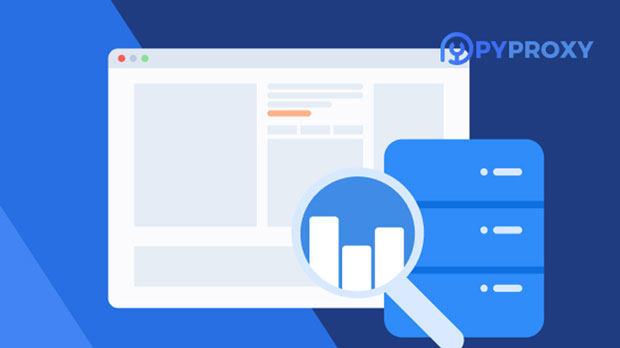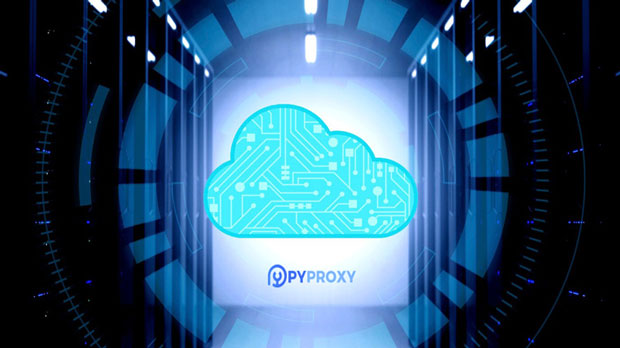py proxy’s unlimited residential proxy offers robust support for users across various countries and regions worldwide. residential proxies, unlike data center proxies, are routed through real user devices, providing enhanced anonymity, improved security, and better access to geo-restricted content. With PY Proxy’s service, users can benefit from a wide range of countries and regions, enabling them to access content that might otherwise be restricted based on geographic location. This extensive reach allows businesses and individual users to enjoy seamless, high-quality internet experiences globally. This article will delve deeper into the countries and regions supported by PY Proxy’s unlimited residential proxy and explore the benefits of using such a service for various use cases. The Expansive Reach of PY Proxy’s Unlimited Residential Proxy ServicePY Proxy’s unlimited residential proxy is one of the most expansive services available, supporting a large number of countries and regions. This wide coverage allows businesses to enhance their global operations by managing accounts in multiple regions, running data scraping activities, performing ad verification, and much more. The key advantage of using a residential proxy network is that users are virtually indistinguishable from regular internet users, which helps avoid detection when accessing content or performing tasks online. Let’s explore in greater detail which countries and regions are supported and the significance of this wide-reaching capability.Which Countries and Regions Are Supported by PY Proxy?PY Proxy’s unlimited residential proxy covers a significant portion of the globe, allowing users to access proxies in virtually every major country. The service spans continents, with strong coverage in North America, Europe, Asia, Africa, and Oceania. 1. North America PY Proxy supports all major countries in North America, including the United States, Canada, and Mexico. The U.S. alone is a major market for residential proxies due to the country’s size, technological infrastructure, and frequent geo-blocking of content. Canadian proxies are also widely used, particularly for businesses that wish to appear as though they are operating from a different region.2. Europe European countries, with their diverse internet regulations and geo-blocking challenges, benefit greatly from residential proxies. PY Proxy supports most European nations, including the United Kingdom, Germany, France, Italy, Spain, and the Netherlands. This extensive coverage allows users in Europe to manage their operations across various borders, enabling access to restricted content, conducting market research, or performing SEO tasks without facing location-based barriers.3. Asia Asia is another area where PY Proxy shines. Countries like Japan, South Korea, India, China, and Singapore are well-covered, making it a valuable tool for businesses operating in or with the Asian market. China, in particular, is known for its strict internet regulations, and having a residential proxy network that can bypass these restrictions is an essential tool for users in or targeting that region.4. Africa While Africa may not have the same level of internet infrastructure as other continents, PY Proxy ensures that its service reaches countries such as South Africa, Nigeria, and Kenya. This opens up access for businesses looking to expand into emerging markets and provides a valuable resource for those involved in global marketing or research.5. Oceania Australia and New Zealand are the primary markets for PY Proxy in Oceania. Given the increasing demand for global proxy solutions, these countries benefit from seamless access to the internet and the ability to manage accounts and services as though they were in different locations.Key Benefits of Using PY Proxy’s Unlimited Residential Proxy NetworkPY Proxy’s residential proxy service comes with several key advantages, making it a popular choice for users worldwide. These benefits extend beyond simply accessing proxies in a wide range of countries and regions. Let’s break down why using this proxy service is an optimal choice for businesses and individuals.1. Enhanced Security and Anonymity Residential proxies provide a high level of security. Since they are routed through real user devices, they are harder to detect than traditional data center proxies. This added layer of anonymity is particularly useful for businesses involved in sensitive activities such as data scraping, web crawling, and ad verification.2. Bypassing Geo-restrictions One of the most common reasons to use a residential proxy is to bypass geo-restrictions. Many websites and services block users from accessing content based on their geographical location. With residential proxies from PY Proxy, users can virtually appear to be from any country, thus gaining unrestricted access to global content, streaming services, and more.3. Avoiding IP Bans and CAPTCHAs When performing large-scale operations like data scraping, one of the common challenges is encountering IP bans or CAPTCHA challenges. PY Proxy’s residential proxy network helps avoid these obstacles by rotating IPs, making it appear as though each request comes from a different user, which minimizes the risk of detection and allows for uninterrupted operations.4. Global Market Access For businesses looking to expand internationally, having access to proxies in multiple countries is essential. With PY Proxy’s unlimited residential proxy, companies can manage region-specific accounts, conduct market research, and interact with customers as if they were in the local area. This global reach can be a game-changer for businesses trying to build a diverse international presence.Real-World Use Cases for PY Proxy’s Unlimited Residential ProxyNow that we’ve established the broad support PY Proxy provides for countries and regions, let’s look at some practical use cases for the service.1. E-commerce and Price Comparison E-commerce businesses often use residential proxies to monitor competitors’ prices in different regions. By accessing the market from different geographic locations, they can track competitors, adjust their prices accordingly, and optimize their marketing strategies.2. SEO and Digital Marketing Residential proxies are also invaluable tools for SEO professionals and digital marketers. They use these proxies to simulate search engine results from different locations, ensuring their SEO campaigns are effective across various regions. Additionally, by masking their IP addresses, they can avoid penalties or restrictions when performing keyword research or checking SERP rankings.3. Social Media Management For businesses managing social media accounts in multiple regions, PY Proxy’s residential proxies can be used to create and manage local accounts, ensuring the content appears authentic to regional audiences. This is particularly important for platforms like Instagram, Facebook, and Twitter, where content is often geo-targeted.PY Proxy’s unlimited residential proxy network offers unparalleled global reach, covering major countries and regions across the world. By providing access to a vast number of locations, this service enables businesses and individuals to carry out a wide range of activities, from bypassing geo-restrictions to conducting secure and anonymous data scraping. Whether you are managing an international business or simply trying to access restricted content, PY Proxy’s service offers the flexibility and reliability needed for smooth, uninterrupted internet use.
Apr 25, 2025
![arrow]()



















































